|
Researched by Patricia Bissessar
Once upon a time, hundreds of thousand years ago prehistoric giant animals roamed the island of Trinidad: ground sloths 20 feet tall, giant armadillos as big as automobiles and Mastodons ( larger than elephants). If it were not for the fossils and skeletal remains of these prehistoric animals found buried in tar pits in south Trinidad many would not believe this to be true. During early excavations in Trinidad paleontologists, (scientists who specializes in the study of life forms that existed in previous geologic periods) unearthed fossils belonging to gigantic mastodons, and other giant mammals that were trapped in the tar pits . According to Earth Magazine tar pits are deceptively dangerous place for as little as four centimetres of tar could be enough to ensnare a large animal. Once stuck in a tar seep, animals would eventually sink into the tar. In the book SUCCESSION OF MAMMALIAN FAUNAS ON TRINIDAD, WEST INDIES, A study conducted by ELIZABETH SCHWARZ WING 1962 there are documented reports of fossil finds of armadillos the size of cars , remains of ground sloths 20 feet tall and skeletal remains of other ancient mammals. According to Wing ( 1962) many of the fossil finds, indicating the existence of these prehistoric mammals in Trinidad were made by Dr. H. G. Kugler in the course of his career as oil geologist for Texaco Trinidad, Inc. In 1922, he discovered a vertebrate-fossil of Megatherium (Megatherium is an extinct genus of ground sloths endemic to South America that lived from the Early Pliocene through the end of the Pleistocene )remains in a stratum of oil sands while making a test pit at Apex (Trinidad) Oilfields, Inc. near Fyzabad. A carbon- date of greater than 3000 years has been determined from wood associated with at a depth of 12 feet at Trinidad's most important fossil locality at Forest Reserve. Wing ( 1962 ) also reports that a similar deposit near-by at the Forest Reserve of Texaco Trinidad, Inc. was found in 1957 when the site was being cleared for oil well Number IO6O. It was in this site an almost complete skeleton of a Glyptodon was excavated, and shipped along with some fragments to the American Museum of Natural History.The Glyptodon was essentially a dinosaur-sized armadillo, with a huge, round, armored carapace, stubby, turtle-like legs, and a blunt head on a short neck. Wing ( 1962) in her study further postulates that Geological studies revealed that Sea levels were lower during the last Ice Age and Trinidad was connected to mainland South America . As such when the llanos extended into Trinidad there was opportunity for the spread of these giant creatures into Trinidad from South America. These are the clues that tell us that prehistoric animals once roamed the island of Trinidad. These fossil discoveries and other archaeological finds in Trinidad and Tobago provide historians and scientists with rich data of what life was like thousand of years ago in Trinidad. Source: Virtual Museum of T&T, August 15, 2023)
0 Comments
 By the time of Columbus’ arrival to the region at the end of the 15th century, the Kalinagos were the main residents of Tobago. The Kalinago, who were named “Island Caribs” by the Europeans, are believed to have migrated from the Orinoco River area in South America around 1200 AD. Some say that the Kalinago called the island of Tobago “Urupaina,” (meaning “snail” in the Kali’na language) because they thought Tobago’s landscape resembled a large snail. The Europeans also gave Tobago several names, including Christopher Columbus, who called Tobago “Belaforme” in his writing because “from a distance it seemed beautiful.” From as early as 1511, Spanish records show Tobago recorded under the name “Tabaco,” referencing the tobacco leaves that were grown and smoked by the indigenous inhabitants of the island. The name also appears as “Tabago” in Dutch and French records. This photo showing a 1665 Dutch Map of “Tabago”, is courtesy of the National Archives of the Netherlands. References: Boomert, Arie. The Indigenous Peoples of Trinidad and Tobago: from the First Settlers until Today. Sidestone Press, 2016 Reid, Basil. “The Journal of Caribbean History: Volume 38, Issue 2.” University of the West Indies Press, 2 Mar. 2020. (Source: The National Archives of Trinidad and Tobago, September 13, 2023) Majorie Padmore : The woman who wrote our Independence Pledge and composed Our National Song8/29/2023 From Blogger Patricia Bissessar
The National pledge is an oath of allegiance or a solemn promise. Reciting the National Pledge in schools is intended to instill a sense of national patriotism and pride amongst our students. In Trinidad and Tobago, it is usually recited immediately after the singing of the National Anthem at the opening and closing of school terms and on special occasions like Independence Day and Republic Day. In the two Government Primary Schools where I served as principal, it was recited by the student body during morning assembly each day. However, despite this element being so integral to instilling national pride, respect for elders and country, many students are unaware of the person who was responsible for writing our National Pledge or understand what is the purpose of reciting the pledge - and indeed, why they might be pledging allegiance to their Country. Our National Pledge was written by Marjorie Padmore, musician and pioneer in Educational School Broadcasting was composed for school children and. Marjorie Padmore was also one of a pioneering team of educational broadcasters in the 1960s.The author Marjorie Padmore in the same year composed our National Song “God Bless Our Nation.In both pieces she thought long and hard as to what the words should mean. She was in love with her beloved Trinidad and Tobago a nation now about to start out and she felt pride in its future. Marjorie, also composed many jingles and rhymes for the Ministry of Education School Broadcasting Unit and was in fact its first female Director .For many years she worked long and hard to set a foundation for the Education system. Many may remember having to listen to the radio during the afternoon of the school day as she taught. Something that our children today seem to have to do once again using different technology. Marjorie was awarded the Hummingbird Medal for her significant contributions to nation building . (Source: Aspiring Minds T&T and the Virtual Museum of Trinidad and Tobago, Aug 23, 2023) All reactions: 2424 Did you know that on August 26th 1962 the Gov't of T &T launched the issue of Independence Saving Bonds to encourage all citizens to invest in the growth and development of our country? Citizens of T&T were able to purchase Independence Saving Bonds from as low as $10.00 up to $500.00. Permission has been granted to ABVMTT by Jazad N. Ali author of book " The Stamp Cancelling Machine Slogan Postmarks of Trinidad and Tobago 1923 -2023" to share the following excerpt taken from the book re " Independence Saving Bonds. Source: Virtual Museum of Trinidad and Tobago, August 25, 2023
Born Ebenezer Elliot, he was more popularly known a Papa Neezer or Neza. He was a direct descendent of original Merikin settlers George Elliot, on his father’s side, and George Blackwell, on his mother’s side, His parents arrived in Trinidad as "merikins" immigrants and settled in Moruga as free slaves from America.
Born of African American descent, Ebenezar attended the village primary school in Moruga up to seventh standard. He was raised a London Baptist in the Church in the Fifth Company Village, and he remained a devout Baptist and a conscientious Christian all his life. He had a special liking for Shango religion (many worshipers prefer the name Orisha.) , and became an accomplished drummer and adherent to the religion and eventually became an accomplished leader of the religion. Ebenezar was a family man, who was sociable, charitable, very approachable and because he established undying friendships and acquaintances, he became known as ‘Papa’ or ‘father’.Papa Neezar was 32-years-old when in a dream it was revealed to him that he had special healing powers to cure the sick and cast out evil spirits. Legend has it that while asleep in his garden one night a snake passed over him causing him no harm. He interpreted this as being bestowed with spiritual powers to give guidance to others for life issues and problems. Described as a dynamic person, he was well known for his prophecies using the ‘Obi Seed’ and bible passages (especially the Psalms) which he would use according to his revelations. All his ceremonies and rituals in the various manifestations of his spiritual powers began with paying homage to his ancestors.To Papa Neezar and his Orisha-worshiping followers ritual sacrifice was an important part of their beliefs and practices Animals, particularly chickens and goats, was often offered as sacrifices in situations such as serious illness or misfortune.After performing the rituals the meat from the sacrificed animals would then be cooked and distributed to the villagers. Fruits and vegetables are used frequently and are pleasing to the particular Orisha spirits. Papa Neezar did much to promote his religion and was very influential in the construction of a modern church in his community. According to Ms. Leonis Roberts, his granddaughter, he was not an Obeah man, but a helper and healer. "Obeah" she said “is not about doing bad from the long-time point of view but it was about helping people. He never took money, was not about the money." Papa Neezar fell ill and died at the San Fernando General Hospital on January 8, 1969.He was buried at the Third Company Baptist Church cemetery in Lengua. Long after his death historians discovered a turine (a large jar for mixing concoctions), morocoy shell, flambeaux, various sizes of clay bottles, a large black Bible, a corn mill and several items that can be found in an alchemist shop. In Moruga his name is still revered as a man of spiritual powers.
He was John Archer, a notorious, habitual criminal during the early years of the 20th century. A former soldier with the Second West India Regiment in his native Barbados, Archer arrived in Trinidad in 1887 as a stowaway on a ship, after fleeing the Panama Canal where he had gone to work but landed in trouble. He continued his violent ways in Trinidad where he was an alcoholic known for frequent street fights and use of obscene language. By the time Archer tallied up 119 convictions, he was called by the nickname "Bad John". Even a 1902 Mirror report on one of his court trials said he was "better known as 'Bad John’." Despite his reputation, Archer, a wharf worker, was credited with saving three persons from drowning in the muddy depths of the Port of Spain harbour. Ironically, Archer drowned in 1916. He was believed to be aged 62. Sources: Dictionary of the English/Creole of Trinidad & Tobago by Lise Winer Freddie Kissoon, Newsday, 2010 Photo: John “Bad John” Archer, Argo Newspaper, 1913 (Source: Dominic Kalipersad, January 16, 2020) Today, we celebrate the legendary steelpan pioneer Elliot “Ellie” Mannette, who is known as the co-inventor of the steelpan!
Mannette was the first person to sink the top of an oil drum into a concave surface, thereby changing the structure of the steelpan and how notes were placed upon it. He was born on November 5th 1927 in Sans Souci, and spent his childhood in Woodbrook. During the 1930s, the use of bamboo for musical instruments gave way to metal instead during the Carnival season, leading to the rise of “steel-bands”. In 1939, Mannette formed his band, The Oval Boys Steelband, which later became Invaders Steel Orchestra. After Winston “Spree” Simon discovered that creating dome-like sections in the surface of his “kettledrum” led to differing notes, Ellie Mannette later reversed this process during the 1940s, sinking the surface of an oil drum and creating the steelpan as we know it today. He also invented the rubber-tipped sticks that are used to play pan, which softens the notes. Exceptionally skilled in tuning, by 1951 Mannette had created the tenor pan, and even taught rival steel bands how to play the instrument. That year, he travelled to the UK with TASPO (Trinidad All Steel Percussion Orchestra) to present the steelpan at the Festival of Britain, accompanied by other pan leaders like, “Spree” Simon and Anthony Williams. In 1963, Mannette was invited by the US Navy to create the US Navy Steelband. He toured the US for years, educating and creating steel bands throughout the country, and by 1994 headed the steelpan programme at West Virginia University. US President Clinton bestowed upon him the 1999 National Heritage Fellowship, the highest honour in traditional arts. Mannette has been highly awarded, receiving the 1969 Hummingbird Silver Medal, an Honorary Doctorate from UWI in 2000, and was admitted to the United States Hall of Fame of the Percussive Arts Society in 2003. The Ellie Mannette Park was named in his honour in Port of Spain in 2001. Sadly, on August 29th, 2018 he passed away in West Virginia. This photo showing Ellie Mannette tuning a tenor pan is courtesy of the Trinidad Express Newspaper, 29 August 2018. This newspaper is part of the National Archives of Trinidad and Tobago Newspaper Collection.National Archives of Trinidad and Tobago. (Source: National Archives of Trinidad and Tobago, August 8, 2023) · DidYouKnow that June 26th, 2023 marked 109 years since Port of Spain was officially incorporated as the capital city of Trinidad and Tobago?
Today, we’re sharing this aerial photo of Port of Spain, circa 1960s, showing a glimpse of the city from the port to the Northern Range. Do you recognize any current buildings? Can you spot others that are no longer standing? This photo is part of the National Archives of Trinidad and Tobago Photo Collection. (Source: National Archives of Trinidad and Tobago) |
T&T news blogThe intent of this blog is to bring some news from home and other fun items. If you enjoy what you read, please leave us a comment.. Archives
July 2025
Categories
All
|



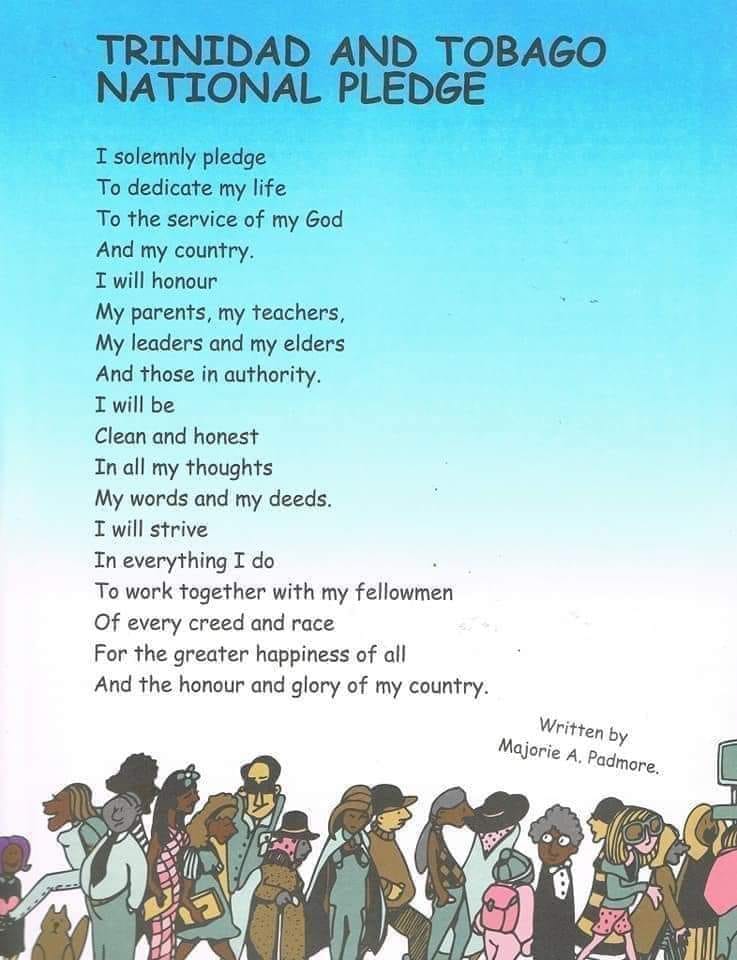




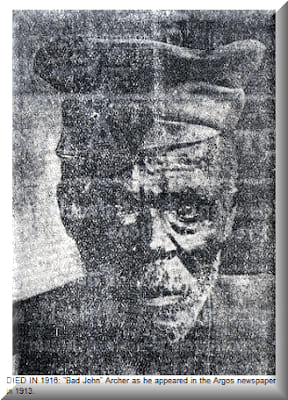
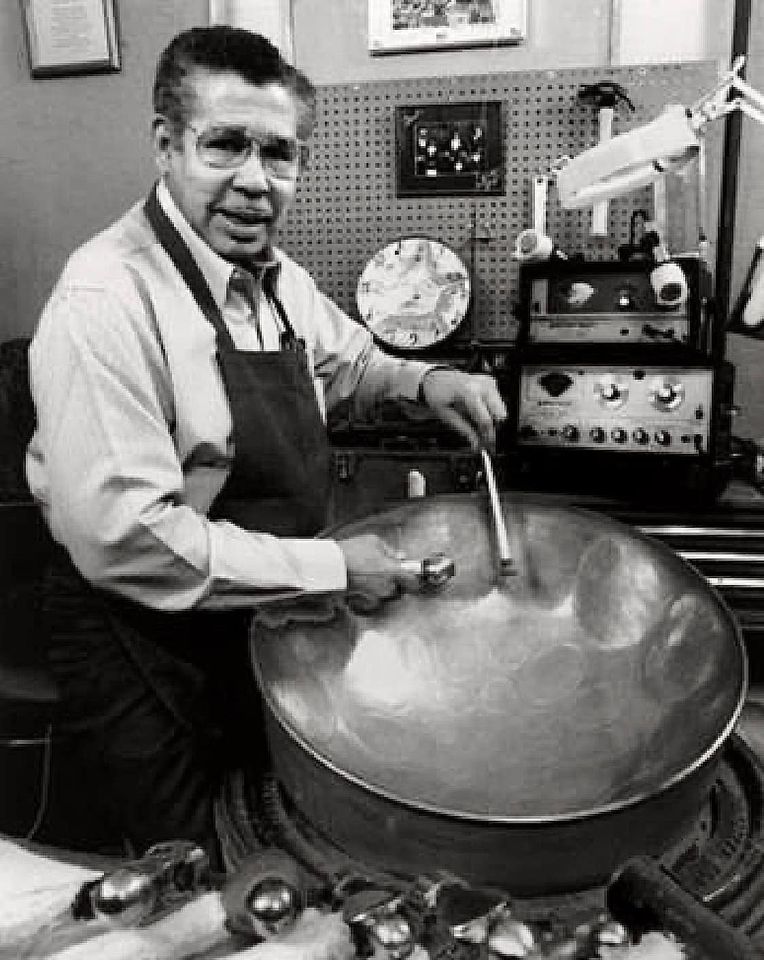
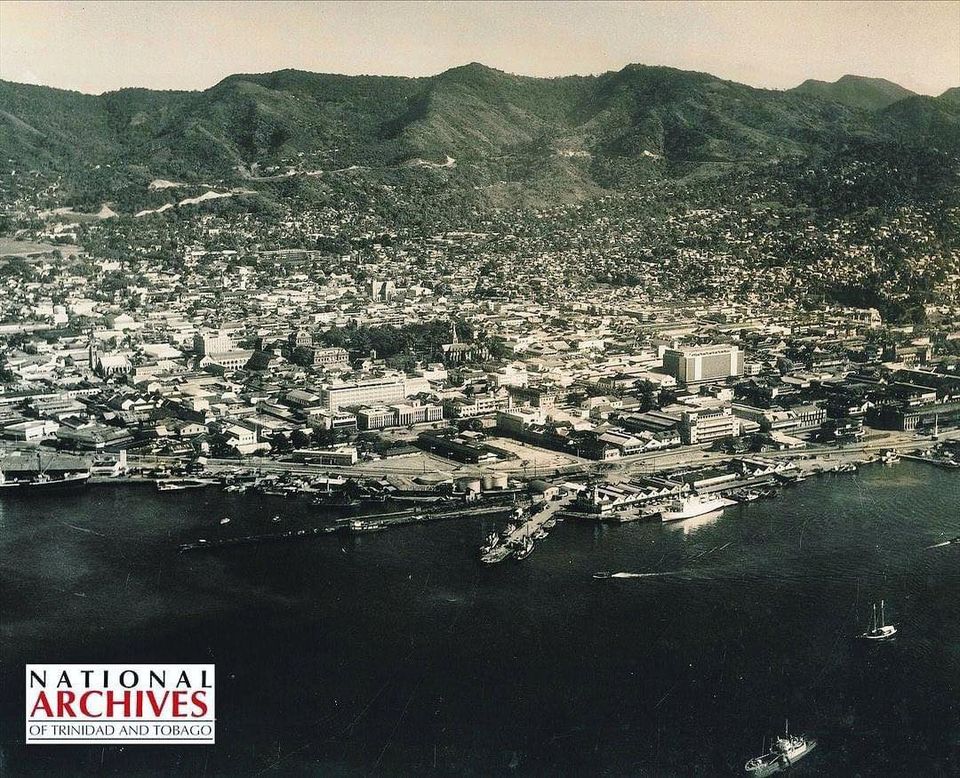
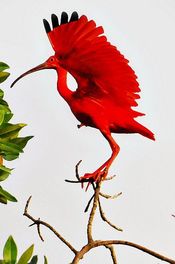
 RSS Feed
RSS Feed